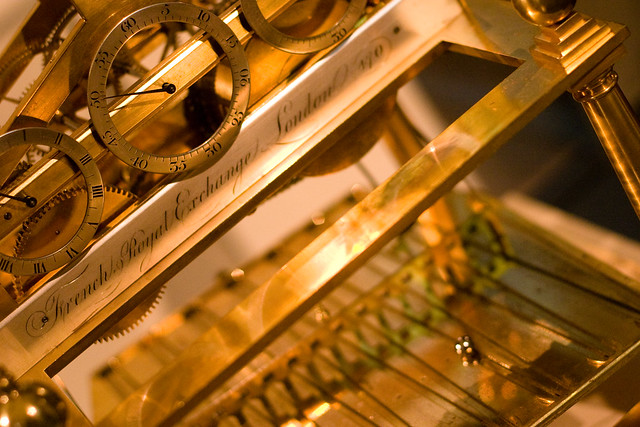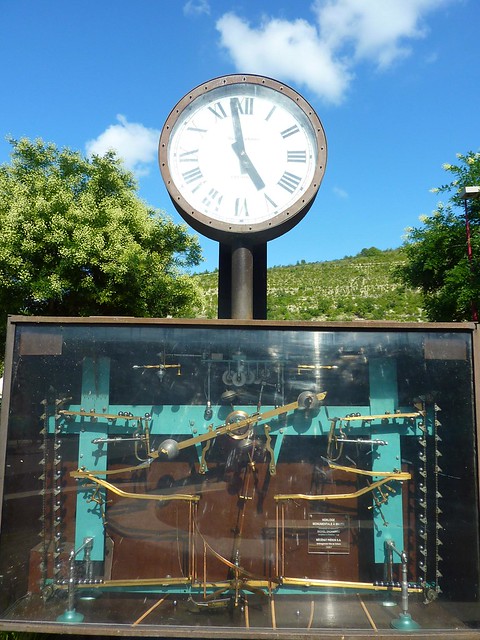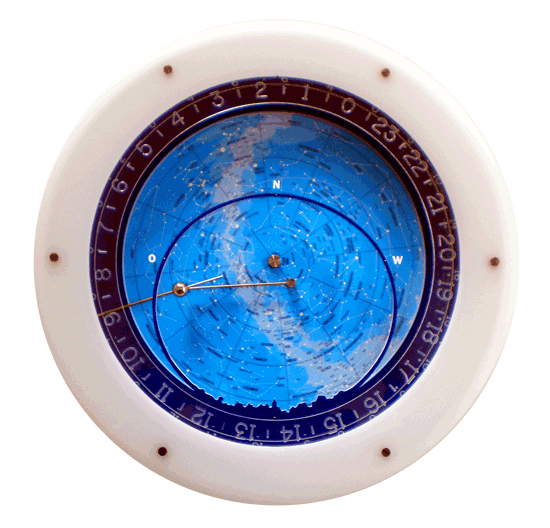Ball Bearing Clock
The traditional clockmaker usually frowns at the suggestion that ball bearings may be used in clocks, but even the famous English clockmaker, John Harrison, attempted to make a caged ball bearing and did make anti-friction wheels. However, in his quest to miniaturize the chronometer, he replaced this early use of anti-friction wheels with tiny jewelled journal bearings. I am sure that if miniature bearings of the quality and price of today had been available in Harrison’s time, he would have jumped at them with glee! Many amateur clockmakers of today do use ball bearings for the great wheel arbor, or if month going, also the intermediate arbor, since these are all heavily loaded. But what about the higher order arbors right up to the escape wheel arbor, or even the pallet arbor? Figure 1 shows a bearing that has a bore of 0.6 mm and OD of 2.0 mm – now that is tiny! This bearing was announced by Dynaroll in the USA in 2004.A battery-operated motor lifts a steel ball bearing onto a durable concentric track at regular intervals. Here it moves with others on a slow downward course, both halted and propelled by 'see-saws' that tip when correctly weighted. Correct time can be read by observing the numerals that the balls are aligned with - hours and minutes are both indicated.














No comments:
Post a Comment